I was especially looking forward to this presentation by Will Baily. When I think of RMM I automatically think of adults. While I have been interested in teaching RMM to adults, my comfort level is more with the teenagers.
Will begins with a quote by Brian Chung- “Value participation as much as performance”
Will explains that RMM is redefining success. I think this is really key to RMM and the reason that some teachers struggle or can be confused with RMM. It comes down to how they define students success. So the summary of this presentation is really how to define and understand what success means in the RMM world.
He reiterates the RMM Studio Mission policy a few times in his presentation: “It is our mission to encourage independent, life-long music makers by encouraging a love for music and a passion for music making, allowing students to play music they choose at any level of proficiency.” He explains… any level of proficiency that is relevant to them that THEY want to play. This is crucial to RMM.
We must redefine success…
In his studio, he has 3 main objectives
- Every students will Have Fun! (a lot of laughter, smiling, games)
- Every student will be Engaged in musical activities. (helping each other…)
- Students will take Ownership of their class as a group (Let’s learn …. next week, I have an idea for a game, a song to learn, etc..)
Teachers should act more as facilitators encouraging an atmosphere of play. To demonstrate this, Will showed a video of his students playing the cup game. If you are not familiar with what the cup game is, just do a search on “cup game” on YouTube and you will find plenty of examples. The cup game is a fun rhythm game using cups.
“Play lifts stress, refreshes, restores optimism, exercises brain flexibility…We are most human when we play.” (Marano)
After we develop our objectives, we must observe the objectives. Will showed a video example of a group directed improv. He had his group compose a black key improv without teacher help. He left the room and they worked it out. He video’d the process without them knowing. After he returned they shared what they came up with. This showed that his students were having fun, engaged and taking ownership.
Will doesn’t leave us hanging and gives 10 very helpful suggestions for facilitating fun. The first one made me laugh because it is so true…
1. Embrace the Chaos. If you have every worked with teenagers or kids in general and you combine them with instruments, the chances that you are going to run across “chaos” is pretty high. So when he mentions embrace the chaos, I don’t think he meant let all _ break loose. It means have fun! Don’t stress about the noise, don’t stress about the “lesson plan”, don’t stress at all, just enjoy the process. He points out that this is a time to “hang out”, It’s NOT a time for preparing for performance. And yes, sometimes FUN can sound like chaos.
2. Embrace YouTube Tutorials. In my studio I will occasionally have students come in and tell me they have learned a popular piece from YouTube. I’ve heard some teachers groan when they hear this from their students. I honestly have no problem with this. I immediately say, That’s great! Play it for me! I think it takes so much more time and effort to learn a piece from YouTube and teaches them different skills then reading the music notation. So I say go for it! Will mentions that YouTube is a great source for students to find THEIR choice of music. That it empowers kids to learn popular tunes on their own and ultimately encourages and supports life-long learning.
3. Embrace Peer Teaching. I love this one. I think it is so important to have opportunities for students to mentor and teach each other. I think they learn so much more when they do, plus it is building future leaders! Will these scenarios happen before, during and after class. They take ownership and they are learning to be amazing teachers!
4. Embrace Technology. This one isn’t hard for me as I’m sure you could guess. We live in a time where technology and the digital resources are second nature for our teenagers. Matter of fact, if you aren’t sure how to do something, just ask one of your students. They will know. Will shares that digital keyboards have amazing voices. He is lucky enough to have Clavinova’s in his studio (has been on my wish list…), but I also noticed in the video that he has a Yamaha keyboard which is what I have in my lab room in my studio. Both have great features that can be used for fun RMM opportunities. Students can sightread with voices (and rhythm) on digital the digital piano, record and play along with midi accompaniments. Use mp3 files from pop tunes and accompany along with chord patterns. Build bands… So many opportunities…
5. Embrace Personal Expression. Isn’t this what music is all about? Will shares that this is the power to set your feelings to music, writing your own songs (and sharing them with others) and expressing your faith through music.
6. Embrace the Dream of Making Music. I don’t know about you, but I enjoy watching American Idol, X Factor, The Voice, etc… Yes, they frustrate me sometimes (don’t even get me started on Nicki Monaj) but they are entertaining. And after a long day of teaching, the entertainment factor is sometimes just what I need. While chances are pretty low that your student will be the next American Idol, many of them have big dreams. So let them dream because when they dream it means they are doing what they love and when they do what they love they they want to do it more and more. Now dreaming doesn’t need to be as extreme as auditioning for a TV Talent Show, but it can mean to let them play in Garage Band as Will mentions, or play around in Finale Notepad and compose or simply share their music with family and friends. The point is to make music.
7. Embrace Practical Application. I don’t think most teachers will have a hard time with this one. But it is a good one to remember. Practical application can be things like accompanying skills, a few other things Will mentioned was to play for church, play and sing at the same time, learn how to read and write a chord chart and learn to read music.
8. Embrace Playing for Sheer Enjoyment. This is also a huge part of RMM. Will mentioned that in their studio they encourage practice, but they have a ‘never say practice’ policy. He goes on and says this is a time for no pressure, freedom to create and improvise. Also it is important to note that there should be no negative feedback from the facilitator or peers.When students make mistakes in class, do not point it out. This can stop the flow, can embarrass.
9. Embrace Group Dynamics. Will asked his students why they like their class. Some comments he received was it was a great place to meet new people, socialization and my personal favorite- “you get to mess around a lot and it’s not all about piano”. Isn’t that a typical teenager response? They just want to have fun!
10. Embrace Diversity. “In the participation model of RMM= Ability Grouping is a myth! Diversity rules!” Will did point out that even thought this is very true, that sometimes personality types work better in some groups than others. (I found this to be true when I hold group lessons)
Will Baily is a co-author (along with Debra Perez) of “Way Cool” Keyboarding and Musical Moments, a series of books catered to RMM students. In addition Will has a website Will Baily Piano Tunes where he has written tons of sheet music that includes mp3 and midi files to use with your students. The subscription is very affordable and I plan on subscribing this Fall. In addition he has a blog that you can check out from his website.
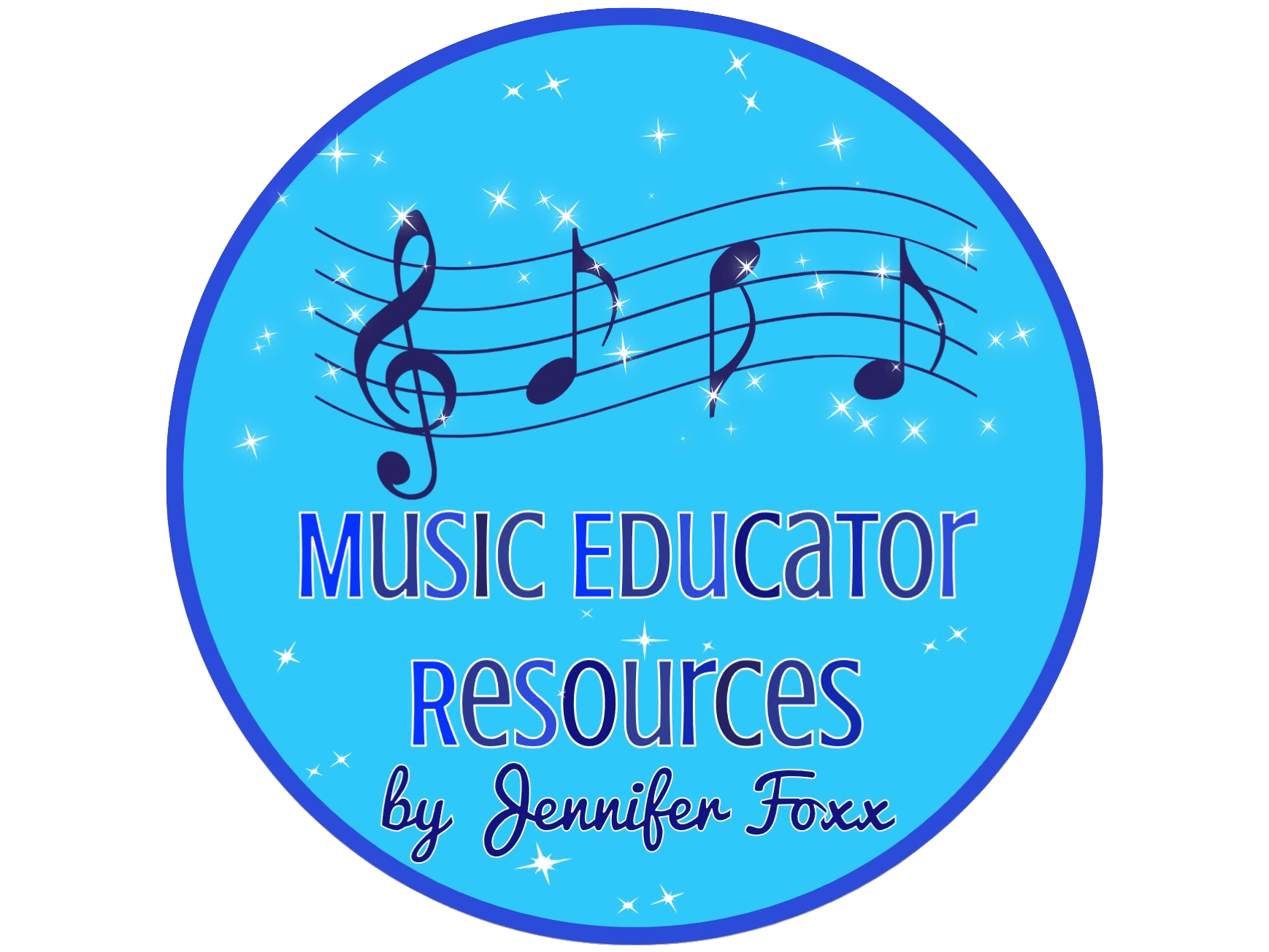
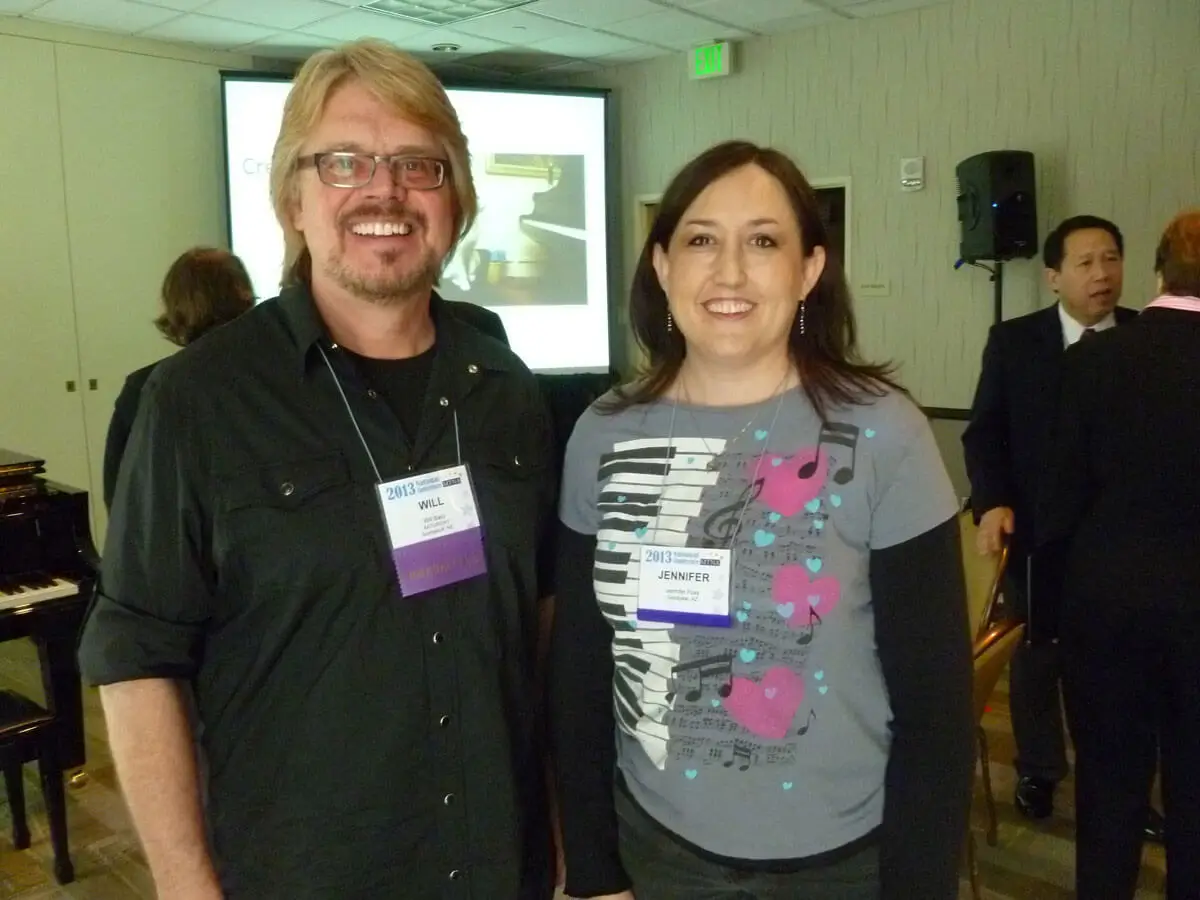
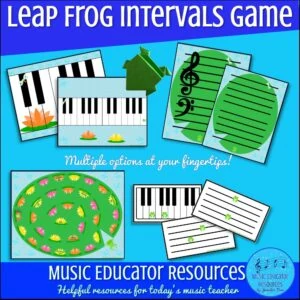
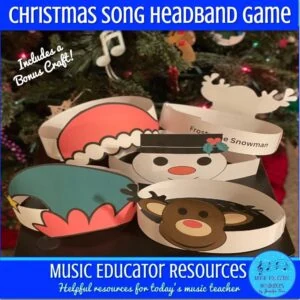
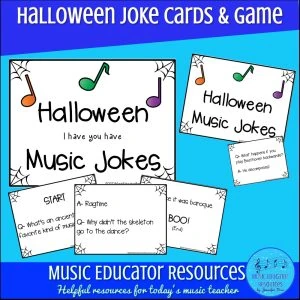
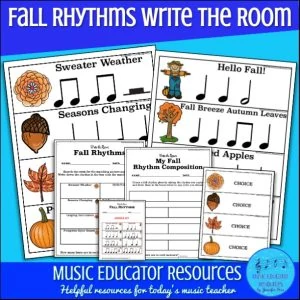
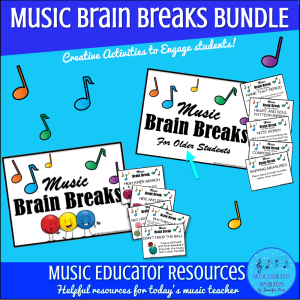
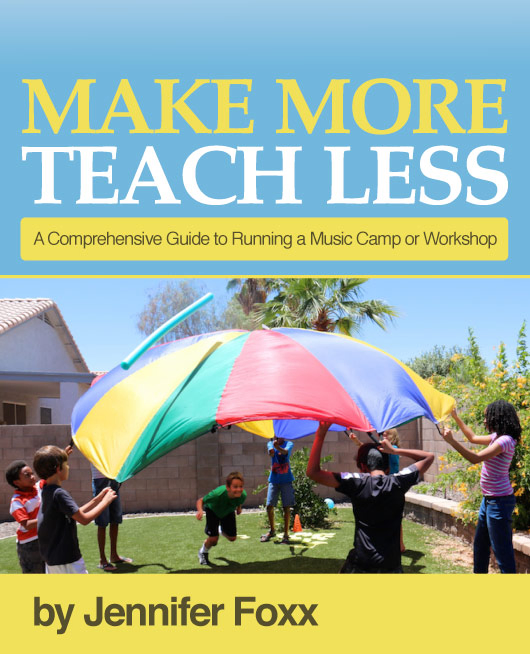
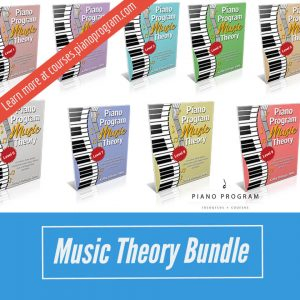
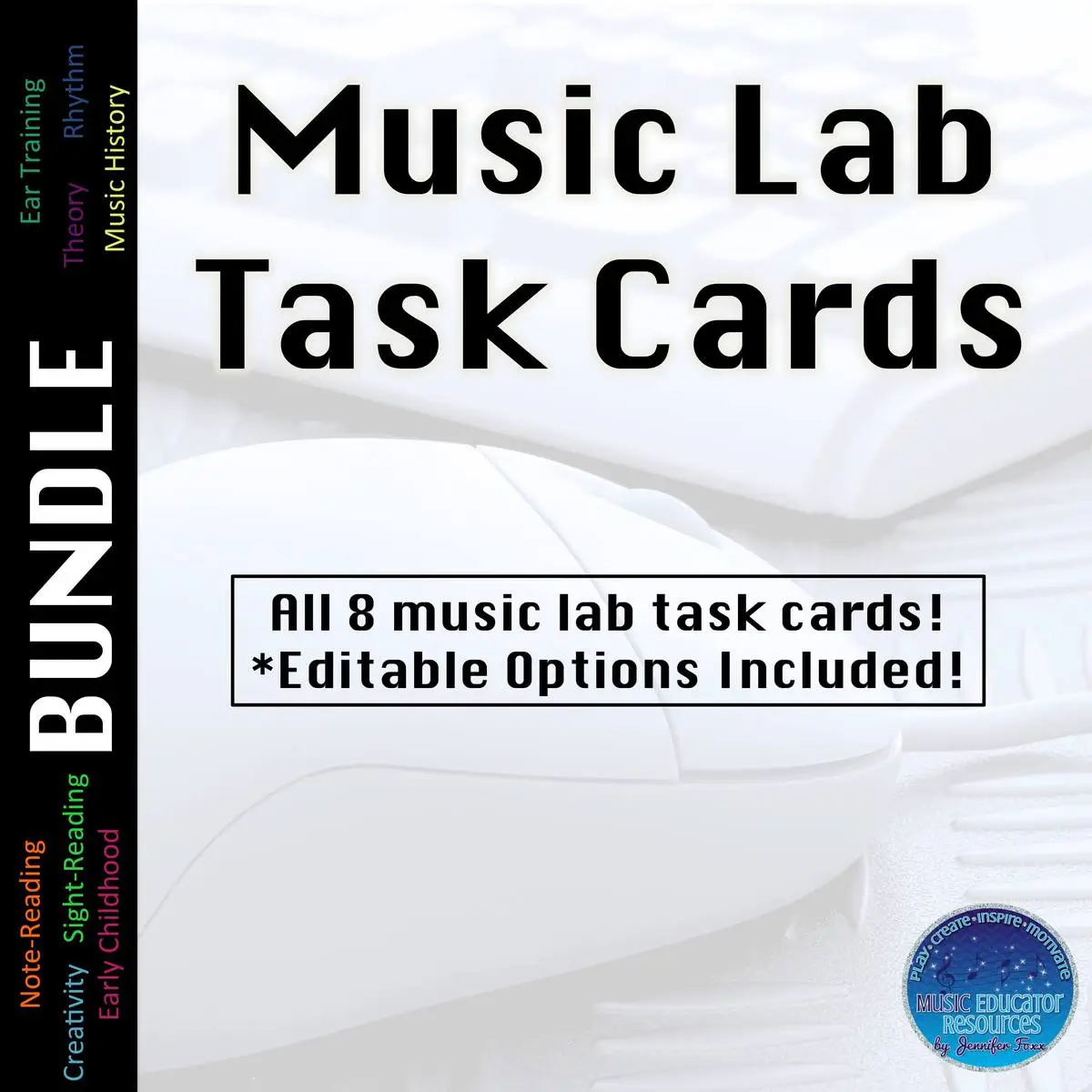
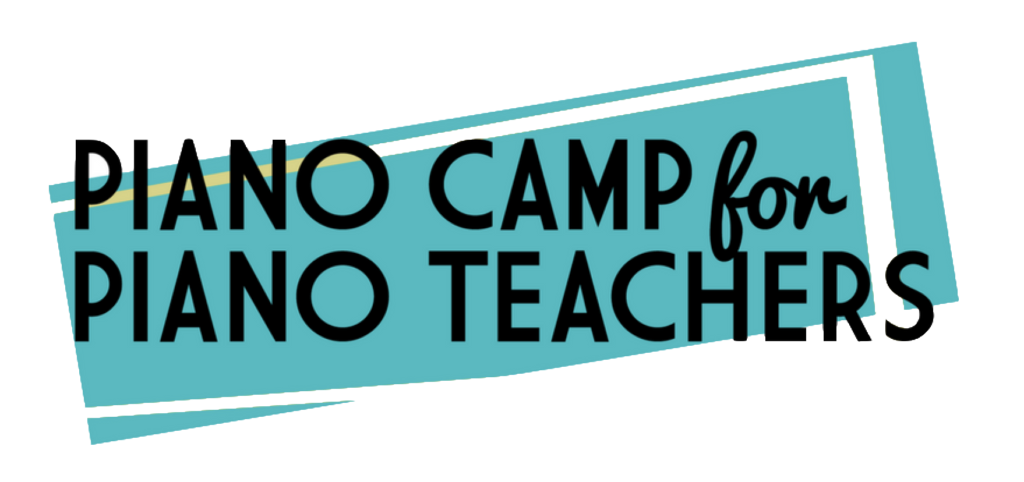
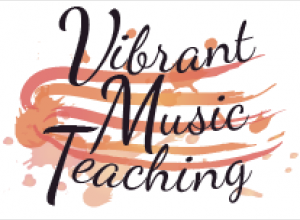
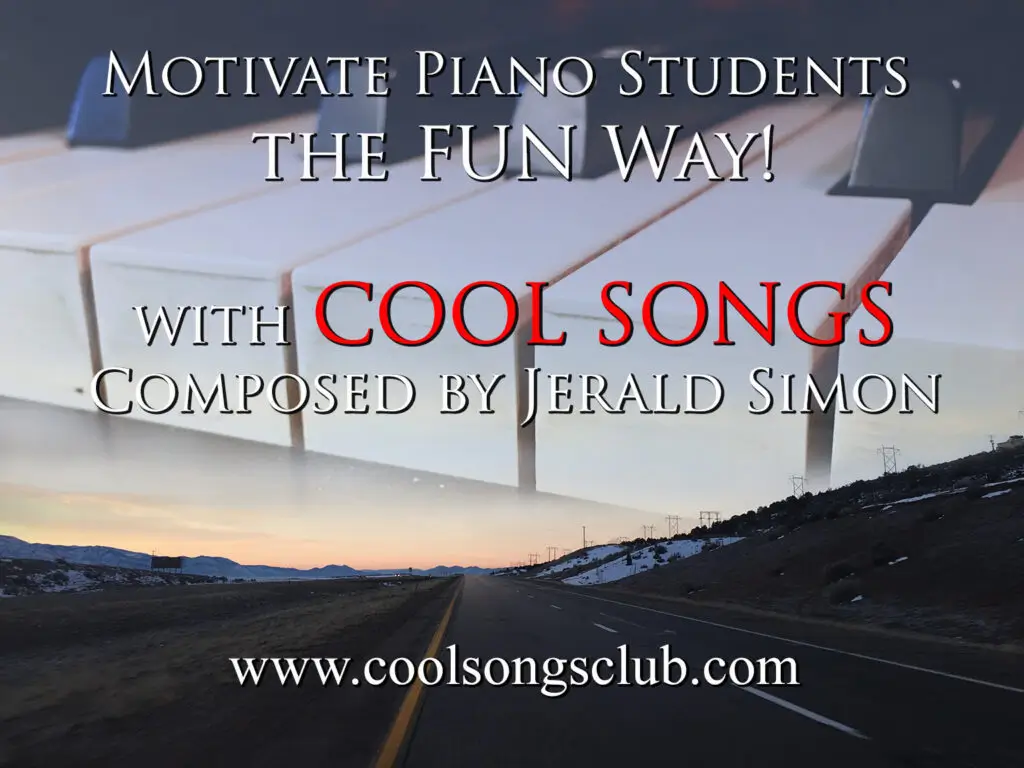
Hi Jennifer,
Superb notes! I don’t live in the States so it is wonderful to read about such presentations. I’ll be sure to check out Will Bailey’s website! In the meantime, I was wondering what RMM stood for?
Thank you,
Susan
Hi Susan! Thanks! RMM stands for Recreational Music Making. If you didn’t see yesterday’s post, be sure to check that out too! 😉
Great review of Will’s presentation, Jennifer!